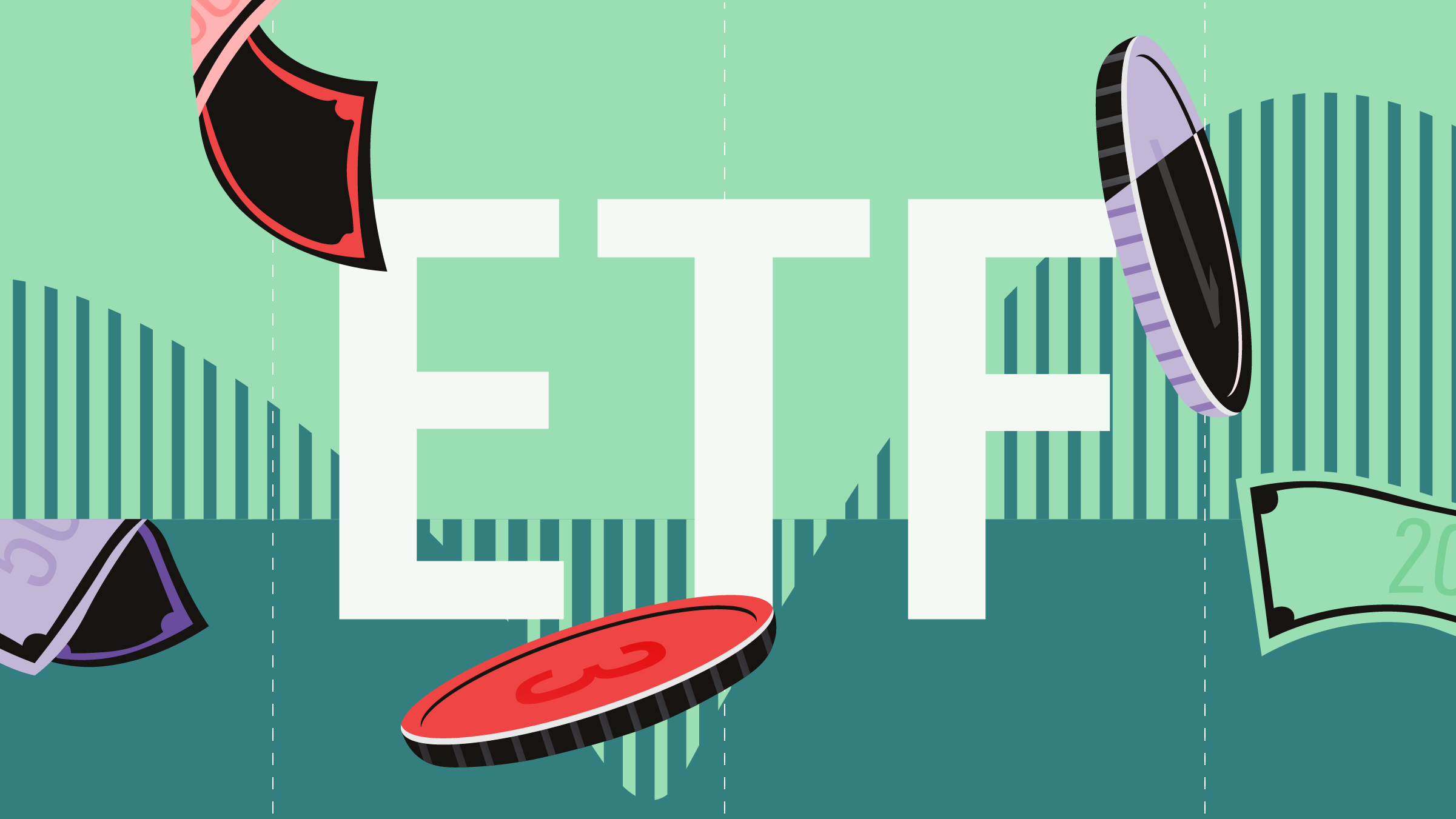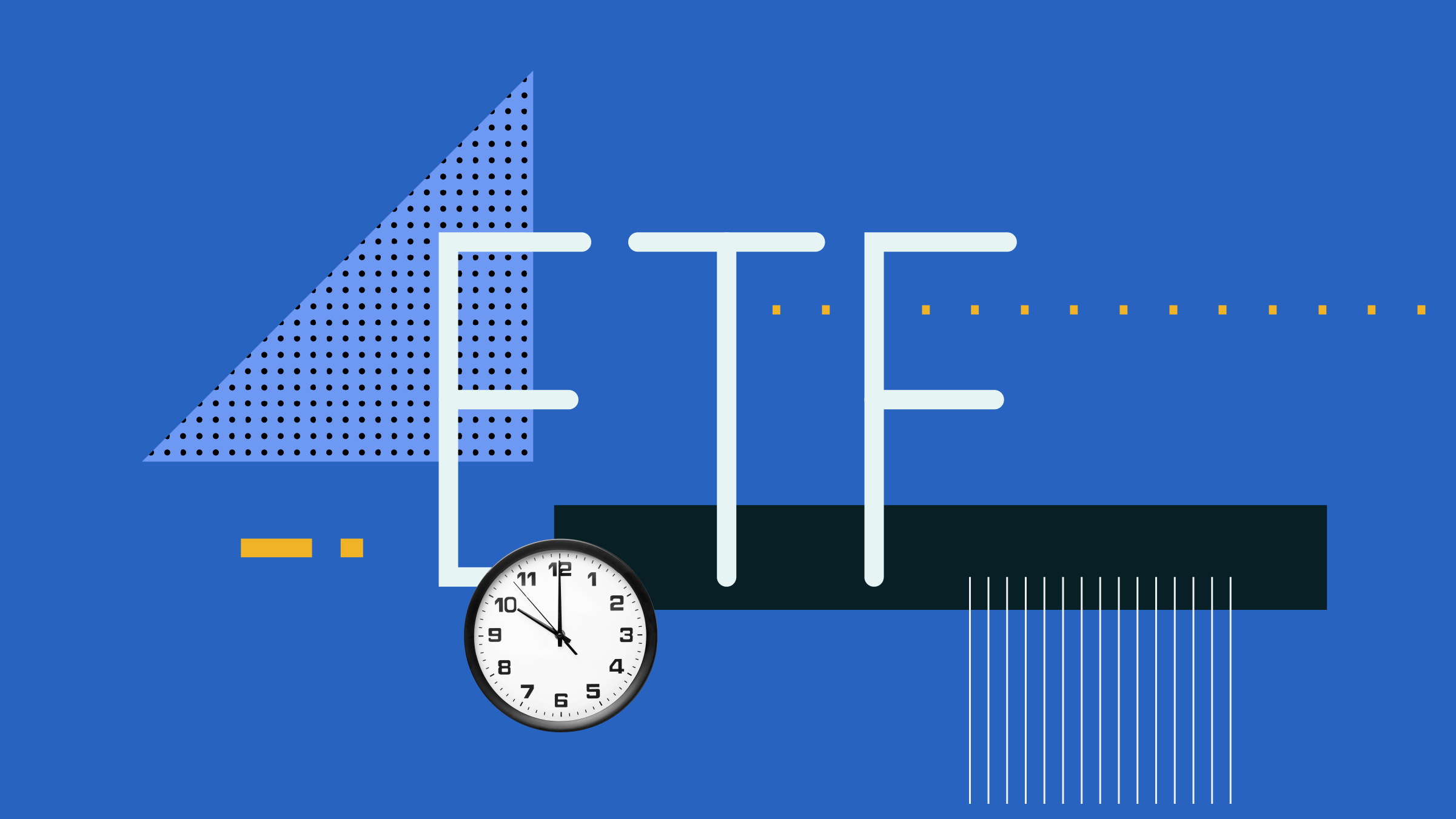Nikita Arora: For Morningstar.ca, I'm Nikita Arora. Passive ETF investors like the ease of tracking an index. But which index is best for your portfolio? I'm joined by Mark Noble, Senior VP at Horizons ETFs.
Thanks for joining us today, Mark.
Mark Noble: It's my pleasure, Nikita.
Arora: I think a lot of passive investors think that they’re just sitting back and letting the market run its course. What are some surprises that you see among new investors when it comes to indexing?
Noble: The thing about indexing is it's not supposed to be a surprise. It's really supposed to be your default option when you're investing and the popularity of ETFs has really coincided with the popularity of indexing. So you've had people move towards indexing products because they are low cost, they are transparent, you know what you own and, most importantly, kind of counterintuitively, they tend to generate good performance because without the fee hurdle behind them, most indexes, particularly cap-weighted indexes that people are familiar with, sort of like the TSX 60, the S&P 500, tend to do relatively well versus active strategies.
That's really changed in the last three or four years. So the big surprise in the industry is that what you think is an index has really changed in the Canadian marketplace. I'd say about 80 to 90 of the ETFs in the Canadian marketplace, almost one quarter now of the ETFs in the Canadian marketplace, are what we call strategic beta indices. These are indices that don't follow the traditional methodologies that you would have with something like the S&P/TSX 60 or the S&P 500. They are using different types of factor tilts and different types of return generators to create their returns, and that's very different for investors.
Arora: Coming back to what you were talking about the market cap weighting and concentration, let's take a look at the TSX, which is highly concentrated in financials and energy. For an investor, how important is it for them to know about the concentration or how it affects the performance when the index is concentrated in specific sectors?
Noble: For Canadian equity investors, this is the single most important factor to look at for indices. No surprise, we're an ETF provider. We offer about 72 ETFs and we're always talking to index providers about if there’s a better way to do Canada. And there are a lot of options out there and ways of doing better in Canada. The problem that you usually run into with Canadian equity indices is that concentration issue, where 50% of the index is usually in energy and financials, and then you've got materials. So you really are concentrated in three sectors, and that really creates problems for even strategic beta ETFs, because they don't have a whole lot of factors to work with.
If I create something like a low-vol index, low-vol has done extremely well over the last year, but you're still heavily concentrated in staple stocks and utilities, and there is actually not a lot of staple stocks and utilities in Canada. Same thing if I dividend weight. If I dividend weight, then I end up with a lot of financials, and then with the non-financials, you're ending up with one-offs. So it is an issue in Canada, and it gets even more difficult when you move into fixed income, where it's really not a lot of depth to market.
If you look at the United States, even something like the high-yield bond market, you are talking about hundreds of billions of dollars in issuance for high-yield bonds. In Canada, you don't have any high-yield bonds. And in a corporate bond market, we're looking at maybe a $200 billion market in aggregate. So creating index solutions around a Canadian market that doesn't have a lot of depth and a lot of diversification, it can cause issues with indices.
So it creates two opportunities for ETF providers. One, it creates an opportunity to see if you can better the index either through active management or strategic beta. But it also means that investors, Canadian investors in particular, need to really look at those drivers of return of their index products. A perfect example is last year, where the decline in energy prices really affected your index return. So you need to look at a broader diversification in your portfolio if you are going to index in Canada.
Arora: So concentration is very important when looking at indexes in Canada. But let's move beyond Canada to consider the Dow, which is 30 stocks, but then you look at the Russell 2000. So how important is the size?
Noble: Well, again, it goes back to the basics of portfolio management and no surprises with indices. The advice that I usually give someone is your best default would be cheaper and deeper. So, what you want to do is have the broadest amount of stocks possible at the lowest cost possible if you're going to be an indexer, because depth gives you diversification and it gives you a lot more options in drivers of return.
Arora: That's helpful. Now, just moving a little bit off, when it comes to performance, what are the differences between the index ETFs versus the index mutual funds?
Noble: There's not a whole lot of difference. If I took an S&P 500 mutual fund, something like an E-series fund that may be offered by some of the banks, versus an S&P 500 or S&P/TSX Composite ETF, your big difference is going to be cost. You do see a lower cost with the ETFs. The cap-weighted indices, particularly on equities, you are now well below 10 basis points. They are the lowest cost funds anywhere. Usually, the index mutual funds are up around 50 basis points or 0.5% on the MER. That's a huge difference. The return drivers are going to be the same.
There's pros and cons to each. Actually, if I'm a lower-dollar investor, if I'm an investor with less than $50,000 in investible assets, I may want to look at an index mutual fund, just because it's a one-time buy and there is no trading execution cost in doing that. But generally speaking, ETFs are going to be a better structural mouse trap because you have the liquidity on a daily basis, you have the transparency in the pricing that you can watch on most days and, most importantly, you do have significant pricing advantages.
Arora: At Horizons, you offer three varieties of ETFs, the benchmark, the alpha and the strategic beta. When would you advise an investor to choose alpha or the strategic beta over the benchmark?
Noble: Well, again, it comes down to the composition of the index. One of our core philosophies at Horizons is to try to find index or ETF solutions that are the best for that asset class.
The example I'm going to use right now is fixed income. Fixed income in Canada is actually a highly concentrated market. Our largest index ETFs on the fixed income market are not poorly composed indices or index products. But a lot of the bonds in those indices aren't actually liquid enough to hold an ETF. So you are already starting to do a little bit of active sampling. If I take something like the FTSE/TMX All Bond Universe, there's over 1,000 bonds, but the ETFs that track them tend to hold more like 800 bonds. So we have already made an active call not to hold 200 or 300 of those bonds in the portfolio. And that's just sort of the nature of the Canadian bond market.
Secondly, bonds are traded over the counter, so they are not very transparent. You don't actually know what the pricing is. Now ETFs have done a great job in helping with that price discovery, but it's still a tightly controlled market in Canada. So when you're an index ETF, you're really at the mercy of a tight dealership, commissions which tend to be higher than equities, and you're already in a space where some of the bonds probably aren't liquid enough to hold in a large index ETF product. So our view there would be actually be active management, and we're very successful in that area, having a lot of active products in both preferred shares and bonds, most of which are sub-advised by Fiera Capital. And we meaningfully generate outperformance on a consistent basis by controlling those factors, not being forced to buy and sell our liquid issues, not being forced to buy and sell – and the high-yield market is a perfect example – not being forced to buy and sell energy issues or triple-C bonds which are high risk.
There are ways to create efficiencies with an active strategy, where you're getting the broad market exposure but you have a manager who understands the market and can in a really simple way find ways to create additional performance. I'm not saying that can be done in the S&P 500; that's an extremely efficient market. That's probably an area where you're going to want to index.
And then strategic beta is another great example, because that's an area where there may be factors in the Canadian marketplace that you want to tilt towards, particularly as the market changes. One thing I always tell investors is that when you get into strategic beta indices, there is nothing wrong with them. In fact, some of them are fantastic. But you're making an active call on what you think the market is going to do. So if I'm weighting towards dividend stocks or I'm buying a dividend-weighted index, then I'm making a call that I think that income is going to be the factor that drives my returns. Similarly, if I choose to be equal weight, like we saw this year, that's dramatically outperformed. Our Horizons Equal Weight TSX 60 ETF has dramatically outperformed the S&P TSX 60 because it equally weighted the stocks. So the material stocks or gold stocks, which have had an 80% run-up, were a much larger proportion of the index and therefore generated a substantial amount more returns.
That's an area where you look at the factors and what the drivers of returns are. You may want to switch your index exposure for a little bit more cost, but not as much as an active strategy. So those are your two areas you want to look at. Factors are something you're looking for in strategic beta. If it's an illiquid, inefficient market, which does exist, then you may want to look at active management.
Arora: So it looks like that concentration, size and risk are the three critical pieces to look out for when a new investor is looking out for an indexing approach.
Noble: Absolutely. Those are the three factors you really want to keep in mind.
Arora: Thanks for joining us, Mark.
Noble: It's my pleasure.
Arora: For Morningstar.ca, I'm Nikita Arora. Thanks for watching.

















